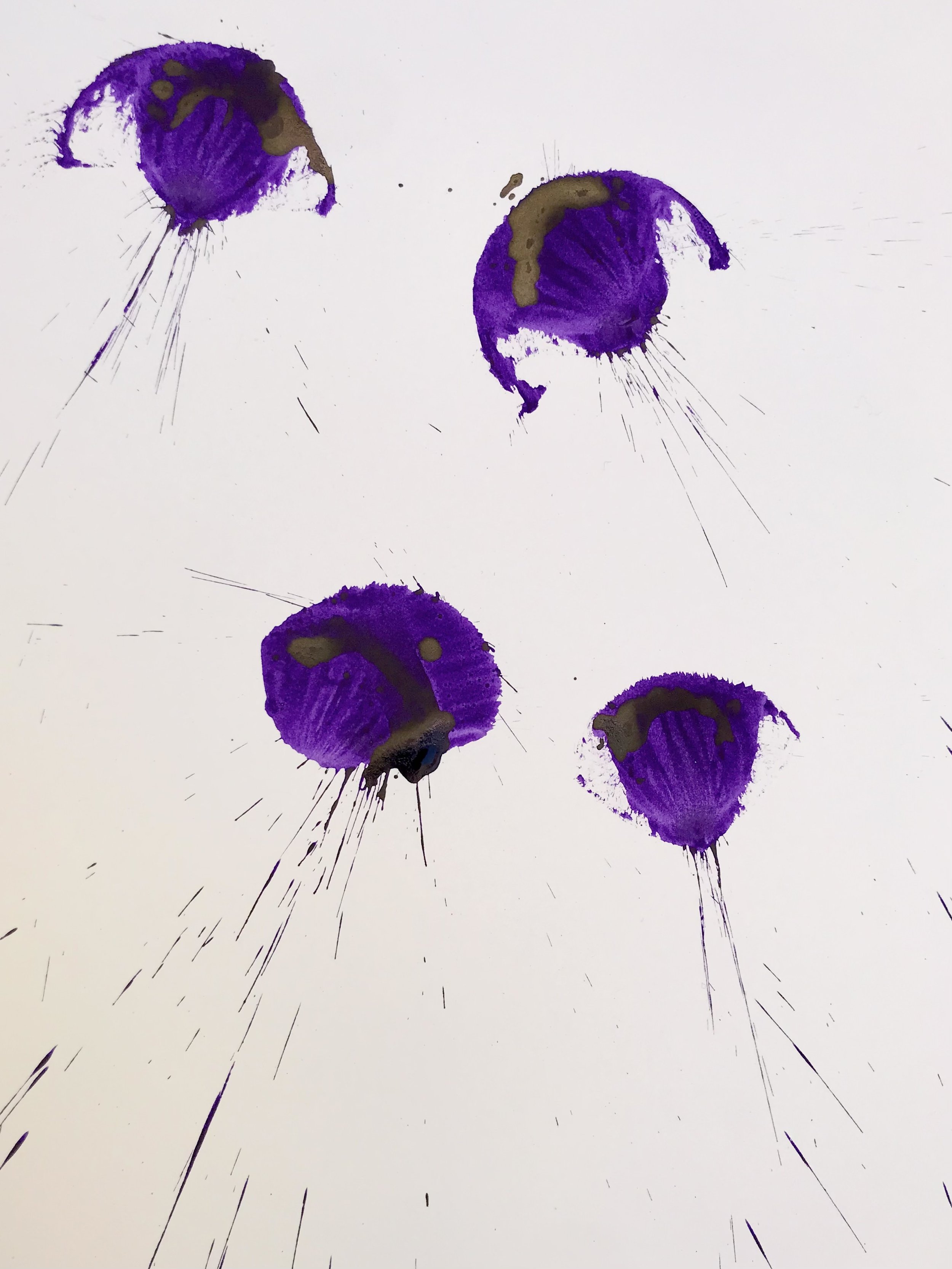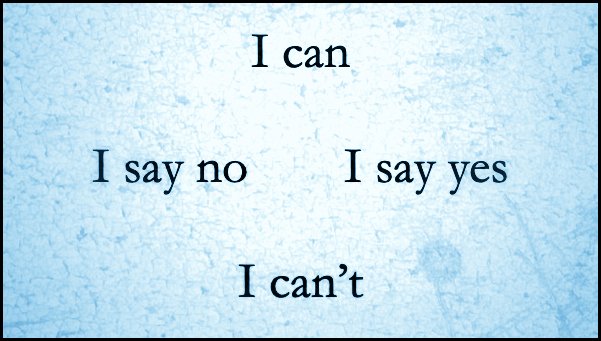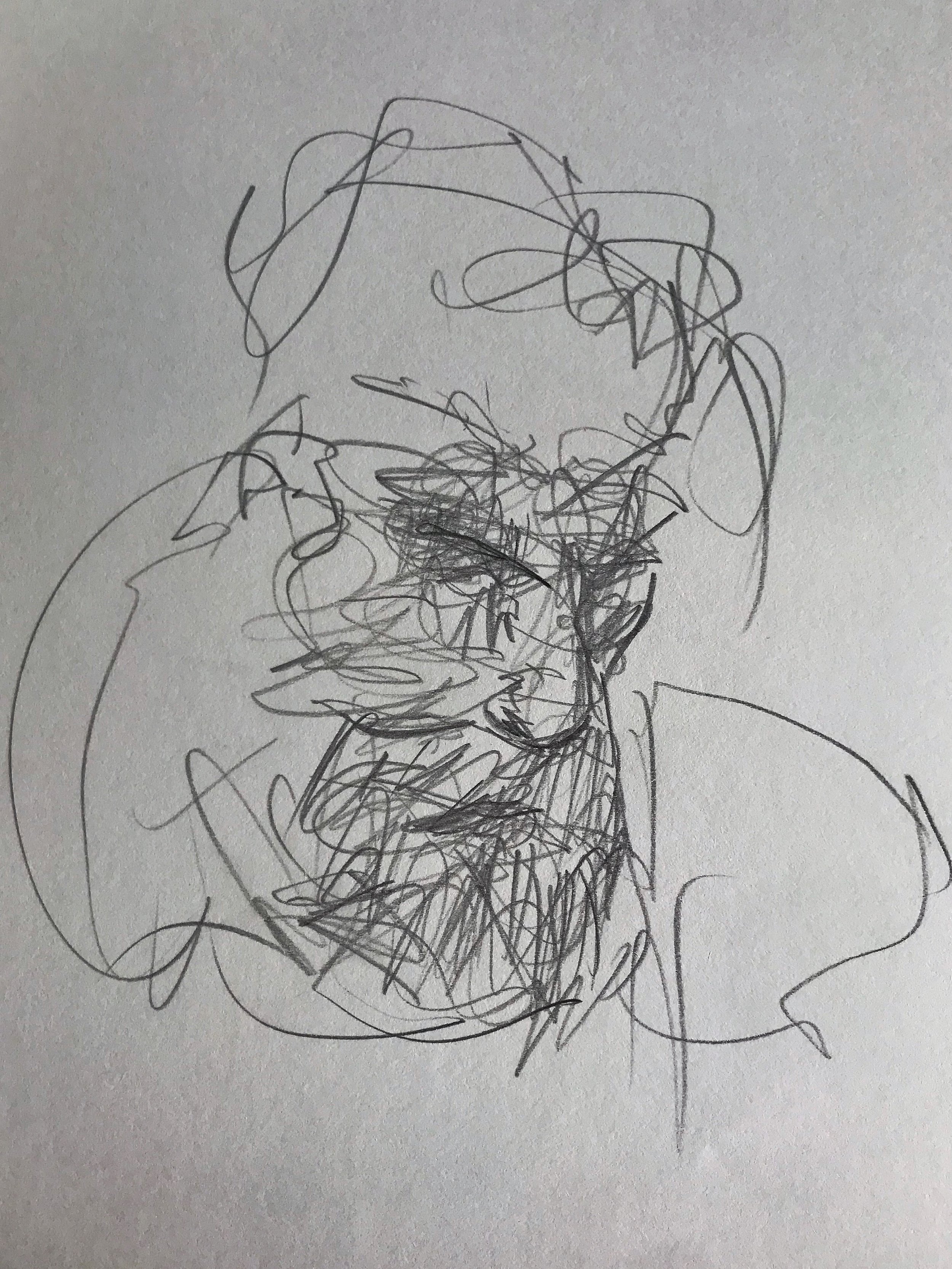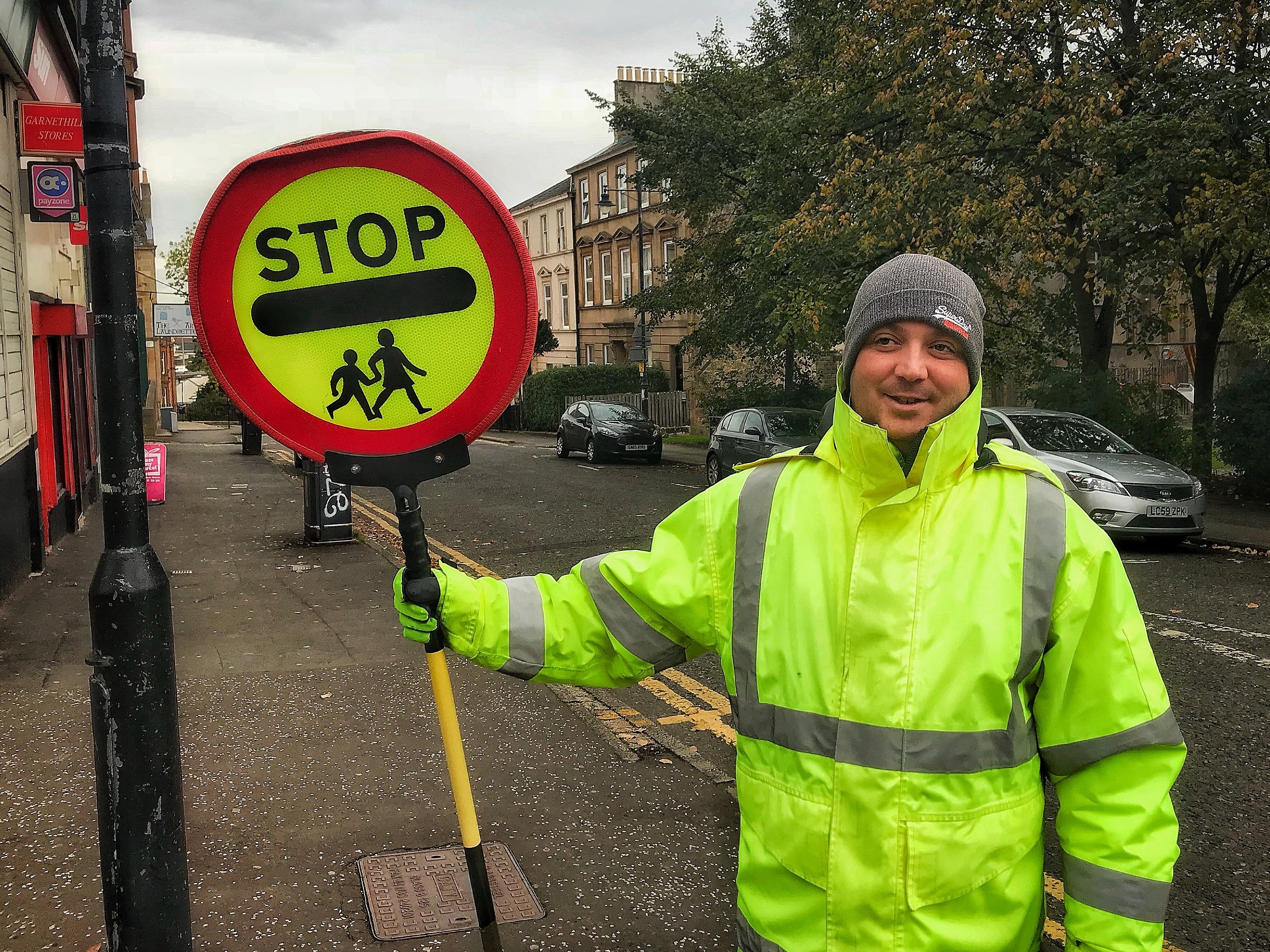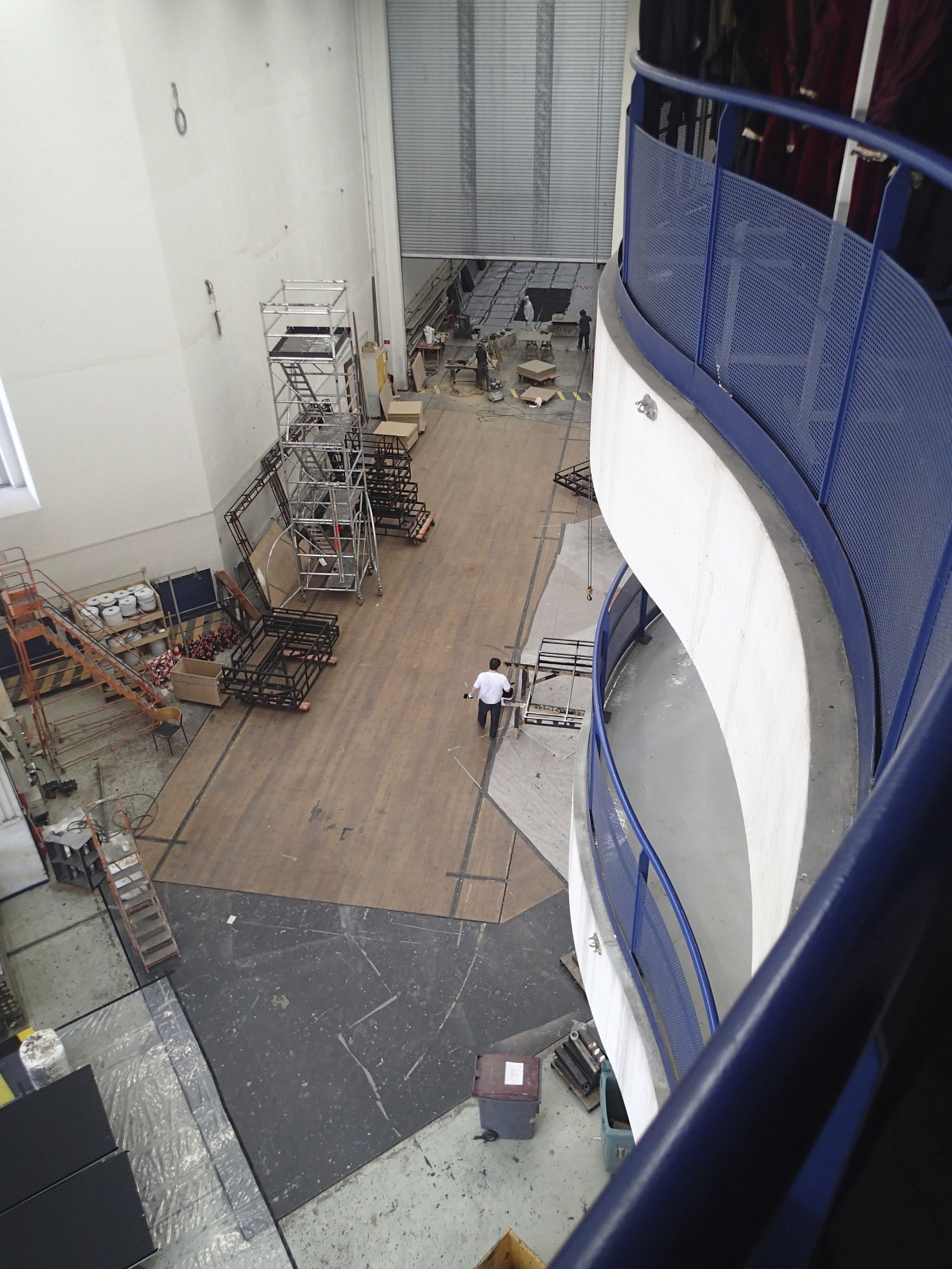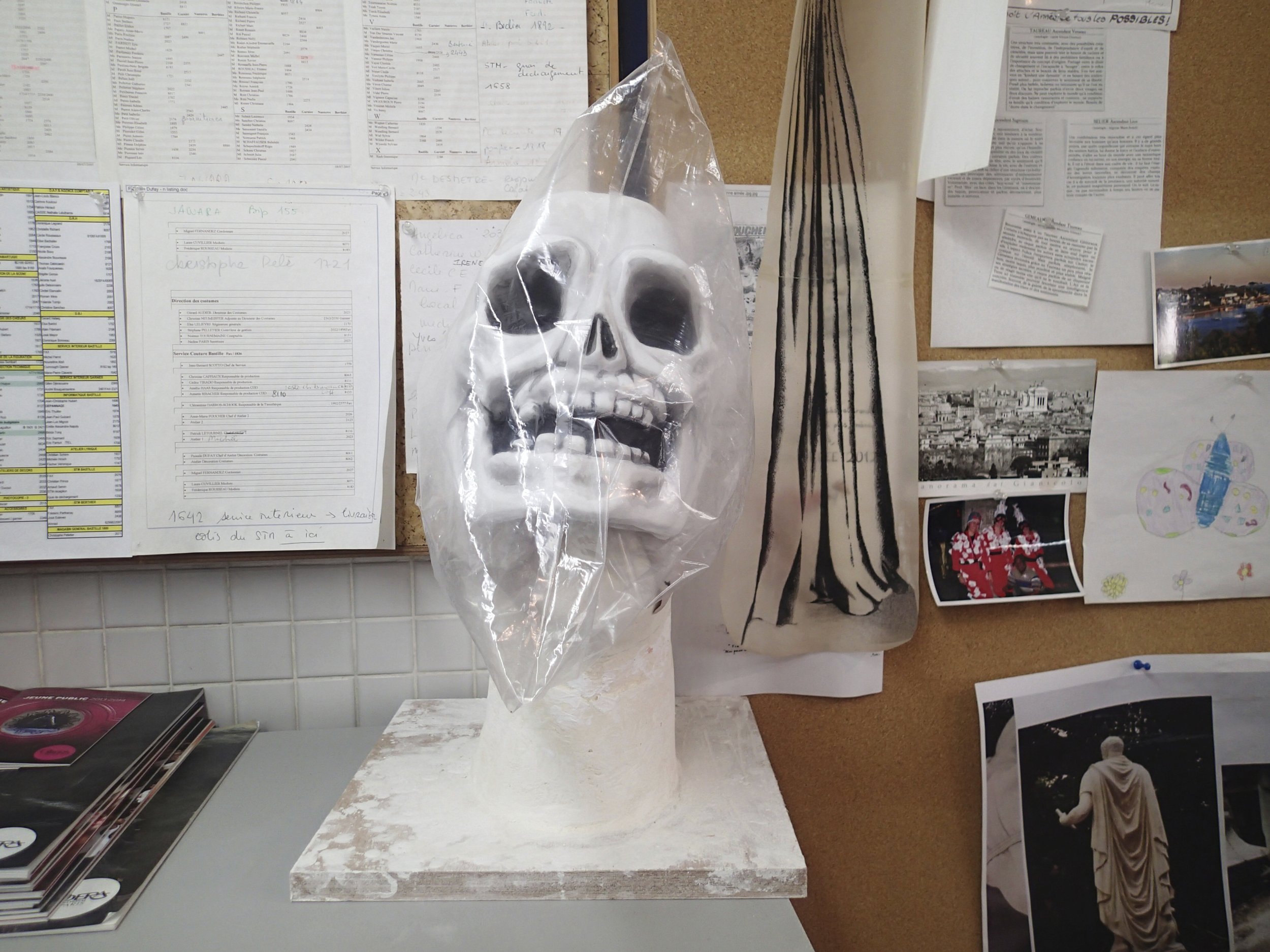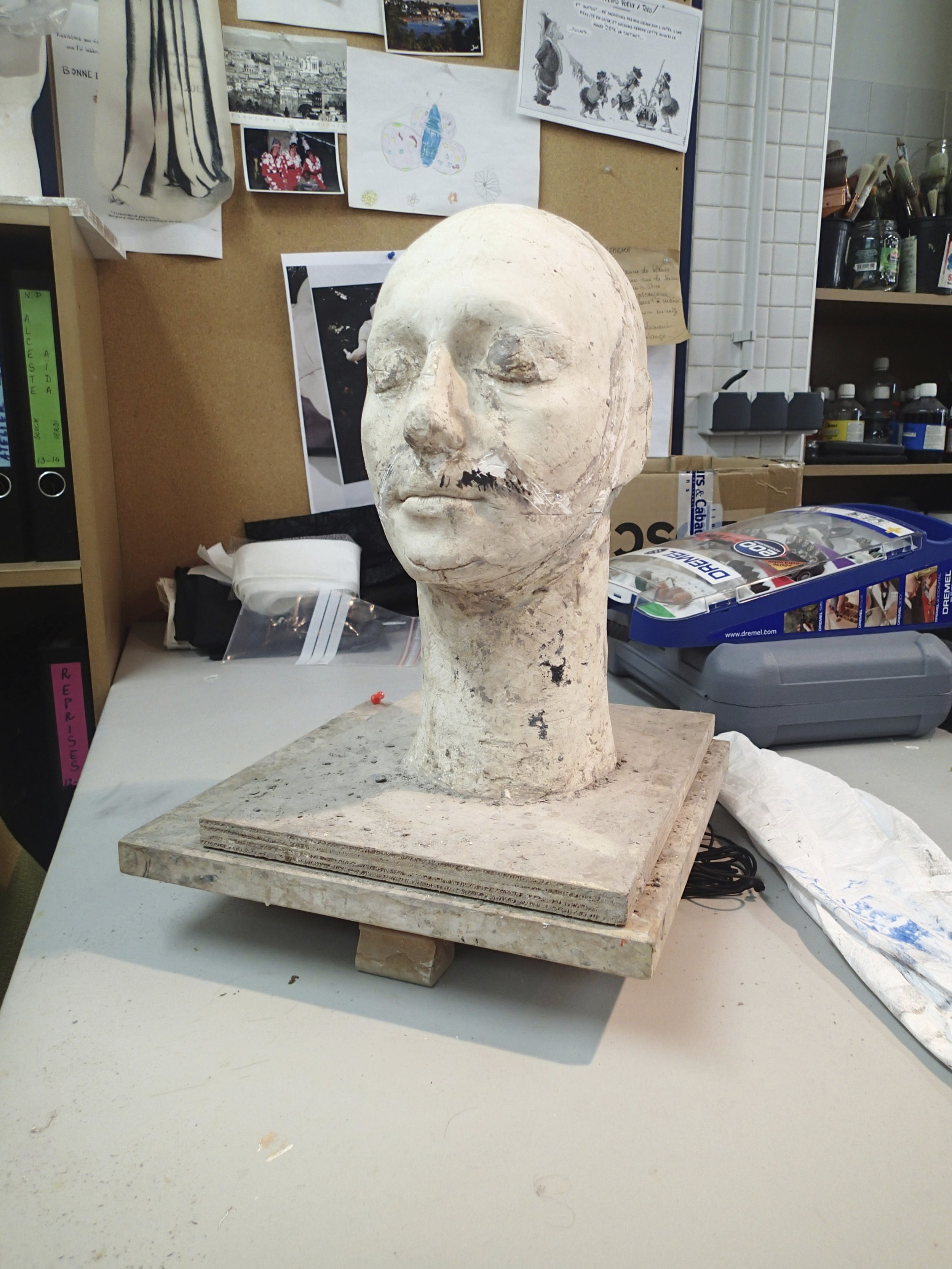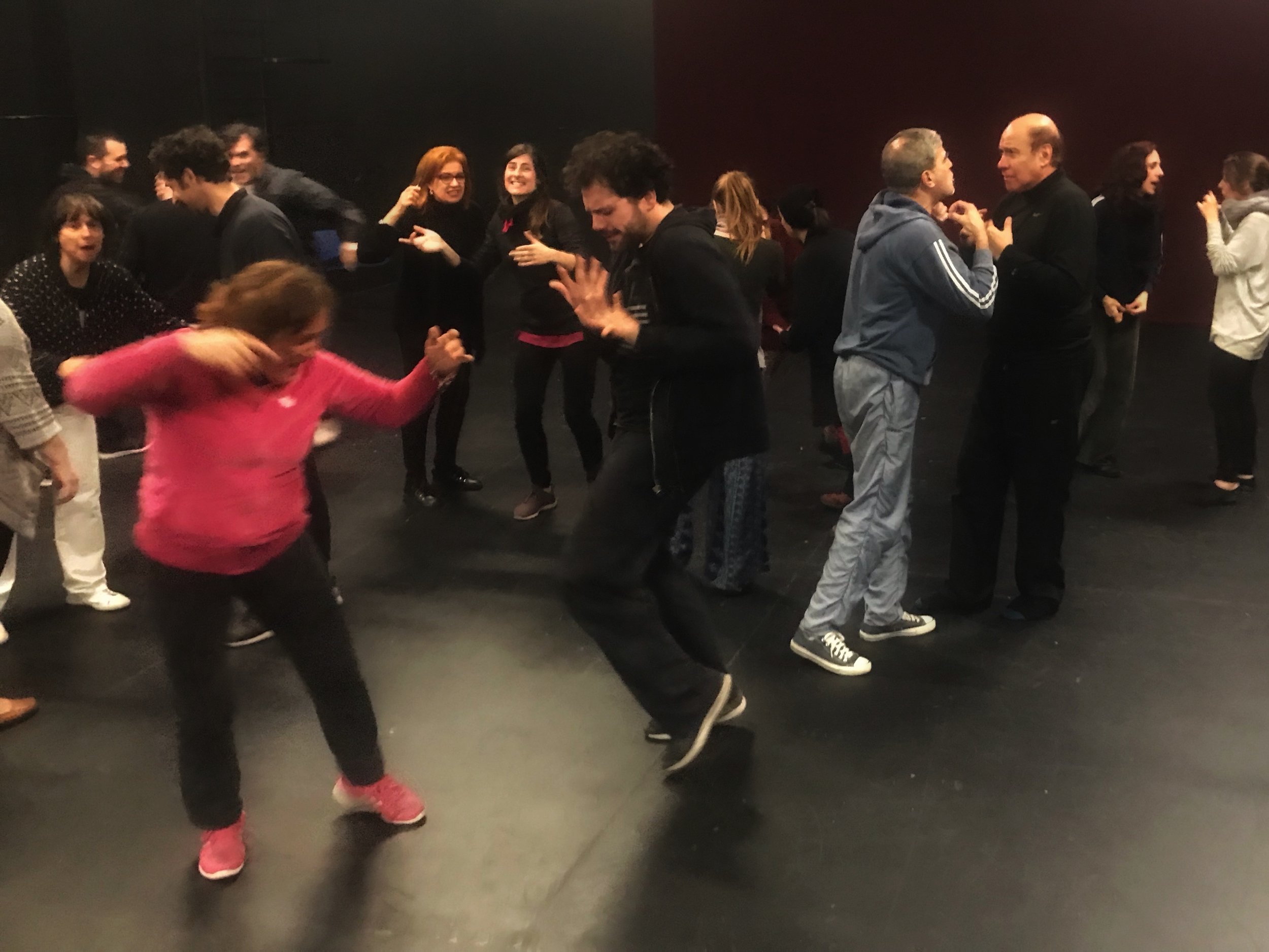The seven dwarfs, the twelve signs of the Zodiac, the 101 Dalmatians: numbers underpin our lives; our stories and narratives are suffused with numbers; my birthday is coming up. You don’t have to be “into math” to be “into numbers.” May is “5,” September is “9.” If you have ten fingers and two nostrils, you have numbers galore. But if you have ten nostrils and two fingers, you need to go to the hospital double-quick.
We wouldn’t want the story to be called the 102 Dalmatians, would we? And the whole notion of NINE dwarfs is horrific, a nightmare, a crime, a sin. To put it differently, each number has its personality, its specific power. To be born in 1958 is COMPLETELY DIFFERENT from being born in 1858!!!!!! And there’s something particular about being born on the 31st instead of, say, the 1st.
Now that we agree about the power of numbers, we’ll dwell in the company of four (a.k.a. 4). The four cardinal points: north, east, south, west. The four seasons: winter, spring, summer, fall. The four elements: earth, fire, air, water. The four temperaments: sanguine, melancholic, choleric, phlegmatic. If you start thinking about it, groups of four play really important roles in your life. And you don’t have to believe in elements or temperaments to appreciate the phenomenon. Instead, you can believe in the Beatles. Samantha, Miranda, Charlotte, and Carrie; Kramer, George, Elaine, and Jerry; Groucho, Harpo, Chico, and Zeppo. Actually, Zeppo is a bit of a stretch. Instead, let’s go with Matthew, Mark, Luke, and John.
Four is a big deal. Behind the number there lies an organizational principle so amazing that explaining it is kinda difficult. I won’t try to explain it. Instead, I’ll make a dumb joke: cappuccino, pannacotta, cioccolata, and affogato. Do you think it’s a coincidence that each of these four words has FOUR SYLLABLES?????
There’s a way of employing the power of four to gain insights and solve problems. I call it the Quaternity: two sets of two words, each set highlighting a contradiction or opposition, with the two sets somehow related.
Public and private, alone and together.
Impulses and blocages, frontiers and passages.
Reason and unreason, need and want.
Love and fear, pain and joy.
Look how compelling a Quaternity becomes if you lay it out as a cross.
You start sensing interactions: a dialogue, a negotiation, a give-and-take, a structure, a path. Each coupling is meaningful: love and pain, love and fear, love and joy. Each quartet is meaningful: love and joy go on a date with pain and fear. Love and pain, those old friends, are inseparable from joy and fear.
The Quaternity becomes a map of your life and everything in it. Career, family, health, money, choices and decisions, growth and decay: all of it seems to happen in the territory delineated by love, joy, pain, and fear. What is remarkable is that every Quaternity (built as complementary pairs of opposites) delineates a territory that encompasses your whole life.
I think this attests to the power of four itself, as well as the power of contradictory yet related pairings. Suppose that you’re trying to understand a situation or difficulty: family dynamics, your hesitation to speak in public, the final chapter in the novel you’re drafting, some nagging feeling that you can’t pinpoint. Start by free-associating, with no goals other than to accept a process, possibly rooted in the unconscious, that may or may not yield conscious results. Doodling is good. Pacing is good. Making child-like sound effects is good. Staring out of the window is good. And a word comes, maybe two; the nagging feeling announces its name, or the final chapter announces its plot. Write down the word or the two words, then “consult the Thesaurus of the soul,” the database of concepts, images, memories, sensations, metaphors anecdotes, and intuitions that dwell rent-free in your mind. The Thesaurus will deliver the missing words that complete the Quaternity and delineates the territory containing both the problem and the solution.
One day I’ll tell you about the Octernity, the terrifying and awesome Double Quaternity that elevates your life to dizzying heights. But if you’re curious about how to integrate this incredible principle into your creative, personal, and professional life, let’s talk about it just the four of us (your mind, your heart; my mind, my heart). Send me an email and we’ll set up a consultation.
©2023, Pedro de Alcantara














































